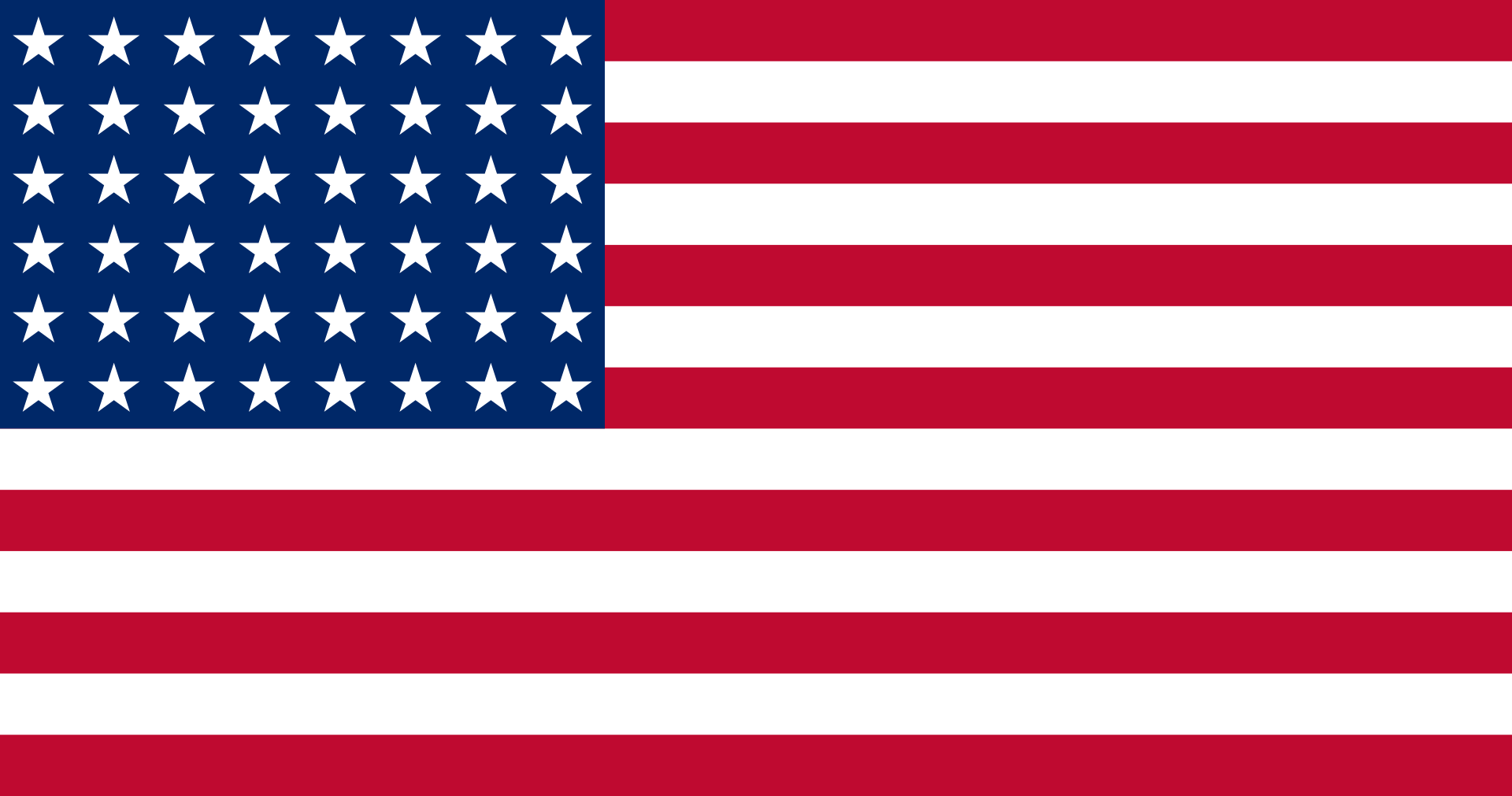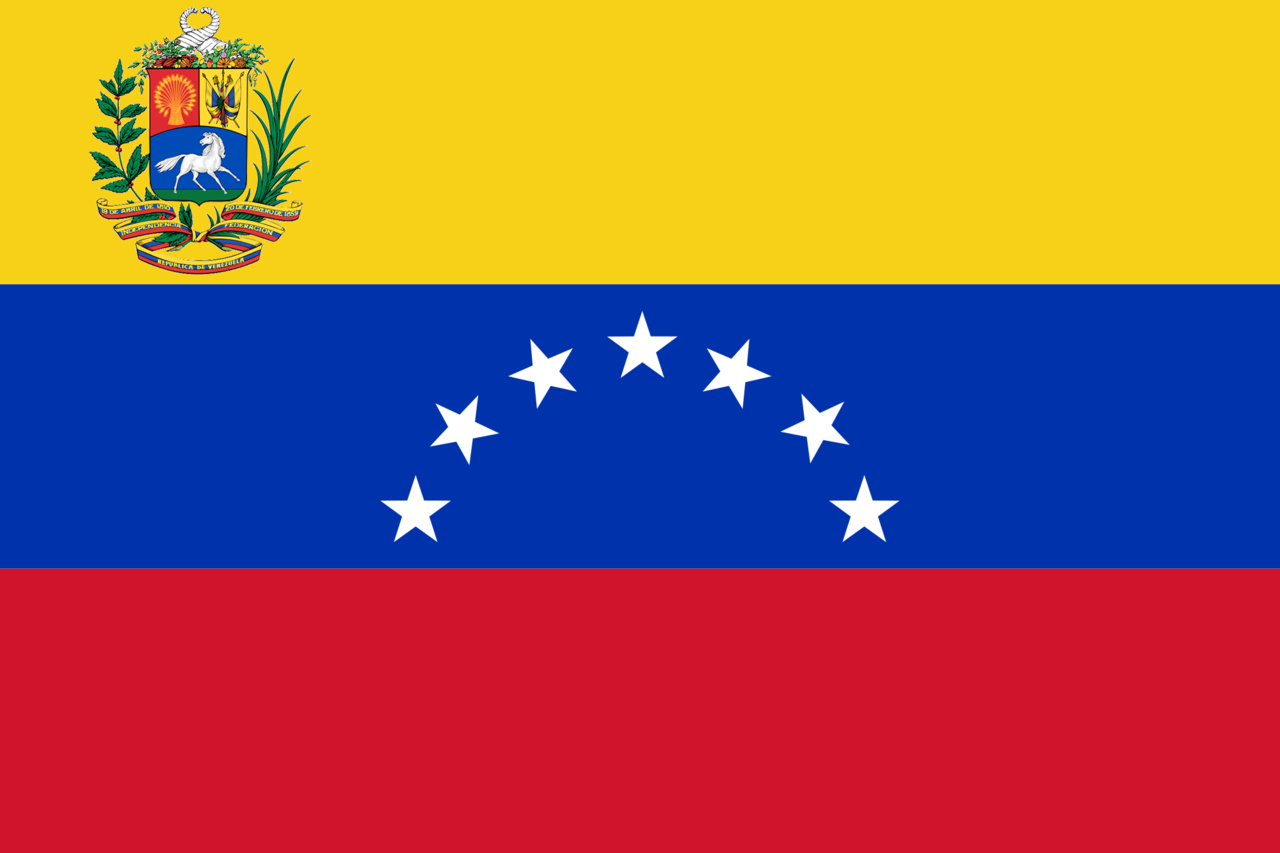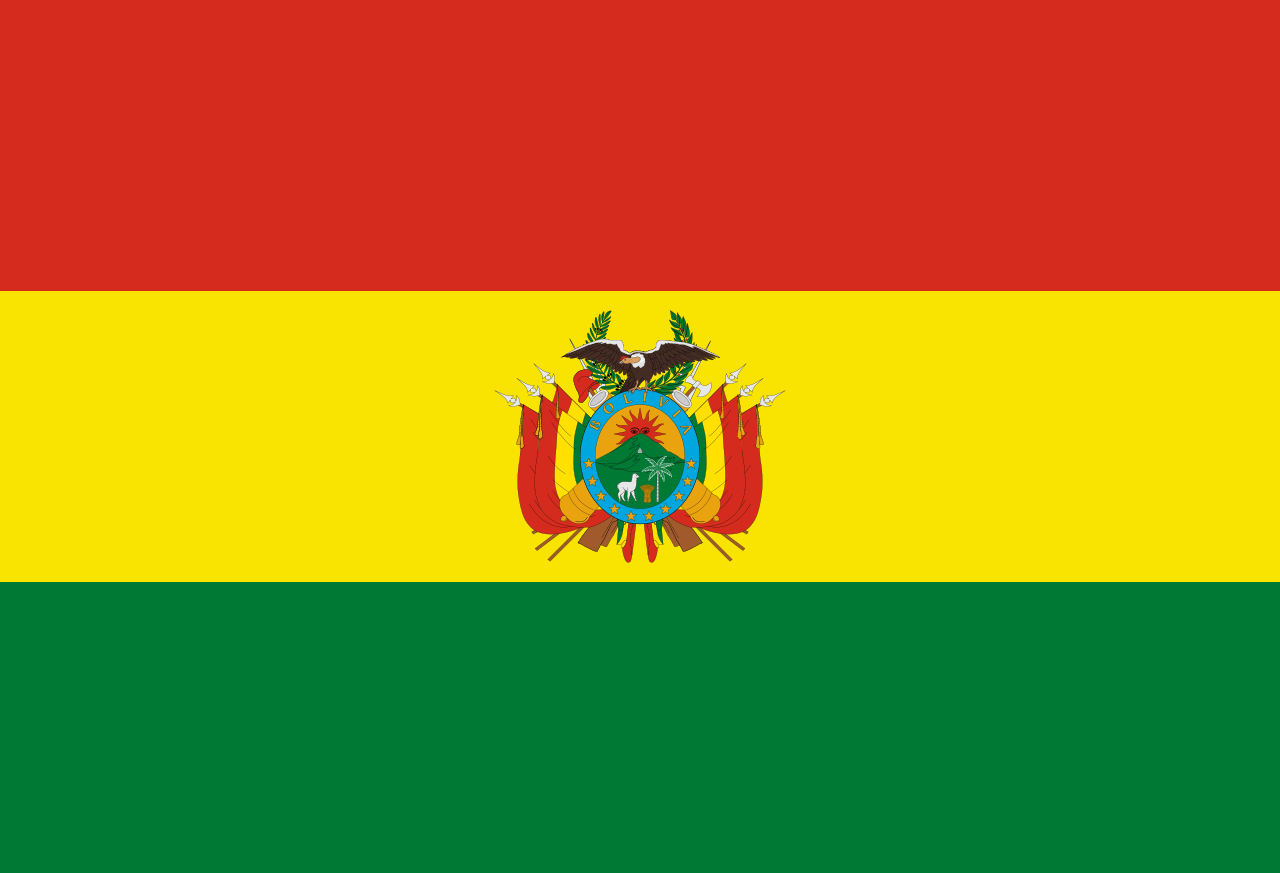Commando 43-47181
Aircraft Identification
VARIANT: Curtiss C-46A-55-CK Commando
USAF SERIAL NUMBER (S/N): 43-47181
CURTISS CONSTRUCTION NUMBER (C/N): 252
COMMANDO LINE NUMBER (L/N): CK229
FATE: Written off
Operational Record
 February 1945 to October 1945
February 1945 to October 1945
43-47181 - USAAF (USA)
14 February 1945
Delivered from the Curtiss-Wright factory in Louisville, KY.
Assigned to I Troop Carrier Command based at Baer Field, IN.
Remained within the continental USA.
 October 1945 to May 1948
October 1945 to May 1948
43-47181 - RFC (RECONSTRUCTION FINANCE CORPORATION) (USA)
26 October 1945
Transferred to RFC and stored at Walnut Ridge AAF, AR.
 May 1948 to September 1950
May 1948 to September 1950
N1240V - PRIVATE (USA)
5 May 1948
Registered to S. A. Richards of Burlington, VT.
7 July 1949
Registration cancelled, exported to Venezuela.
 September 1950 to January 1968
September 1950 to January 1968
YV-C-ARI - RANSA (RUTAS AEREAS NACIONALES SA) (VENEZUELA)
28 September 1950
Registered.
9 December 1953
Damaged in Kingston, Jamaica in an accident.
14 June 1954
Damaged in Kato, Venezuela in an accident.
7 December 1954
Damaged in Elpinol, Venezuela in an accident.
Right: YV-C-ARI, unknown date & location.
Photo credit: Jacques Guilhem / AirlinersGallery
 January 1968 to March 1969
January 1968 to March 1969
TI-1065 - COOPESA (COOPERATIVA DE SERVICIOS AEROINDUSTRIALES) (COSTA RICA)
January 1968
Registration allocated for a ferry flight from Spain to Bolivia.
26 March 1968
Allocation cancelled, aircraft no longer in Spain.
January 1969
Registration reallocated.
26 March 1969
Registered.
31 March 1969
Registration cancelled, exported to Bolivia.
 March 1969 to February 1970
March 1969 to February 1970
TI-1065 - SERVICIOS AEREOS CURTISS (BOLIVIA)
March 1969
Purchased.
Costa rican registration seemingly retained despite having been cancelled.
25 February 1970
Damaged beyond repair in San Francisco, Bolivia after an engine failure (0/2 fatalities).
The Commando was operating a cargo flight out of San Francisco, Bolivia with only two pilots onboard. During the initial climb, the left engine started backfiring and the crew initiated a turn back to the airport. The engine soon caught fire, and in the last turn to final approach the pilot elected to carry out a forced landing in a field a few kilometers short of the runway. The crew managed to evacuate but the aircraft was destroyed. The engine fire was attributed to a faulty carburetor. A possible overload may have contributed to the need for a forced landing.
Last edited: 17/05/2021

